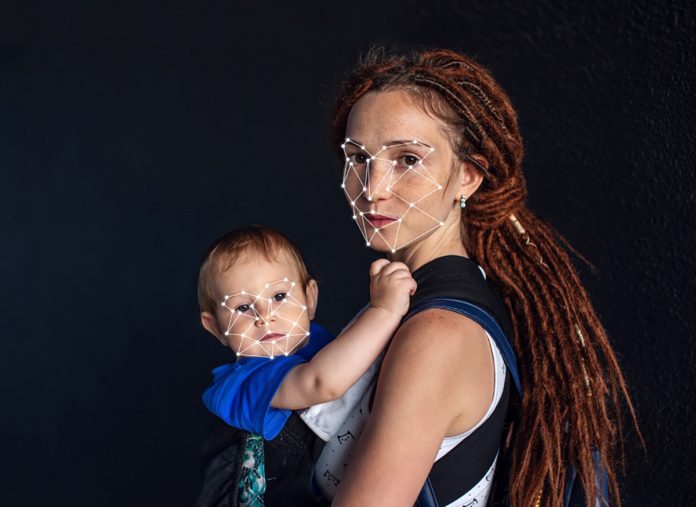Marsali Hancock from EP3 Foundation underlines that we don’t have to turn a blind eye concerning cybercrime, illegal content and harmful activities online
As we connect new generations of children and communities online, our unique opportunity is to be the generation that implements new, additional, privacy-protecting designs and protocols. Cybercrime, illegal content and harmful activities don’t have to threaten our national security or the physical safety of our children.
Information and communications technologies (ICTs) enable world citizens to instantly access digital systems that have the potential to create better standards of living, improve health, save lives, educate, entertain and inspire. For the three billion of us who have access to the Internet, very few of us could imagine living productive lives without Internet connectivity. And many of us live, eat and breathe access to online systems that define careers, family life and for many, our very identity.
The world, with its circumference of over forty thousand kilometres, has shrunk to the size of our hand-held devices and we are able to go anywhere, see anyone and do anything at the touch of a screen. And therein lies not just the bright future of our children but also the concern for their safety and well-being. The vast potential the Internet holds for billions of people across the world is balanced by the responsibility to use this tool in the most effective and responsible manner possible, especially when safeguarding the world’s children.
Against that backdrop, responsible digital skills and enhanced cyber wellness are increasingly important in a civil society. Information superhighways bring more than just convenience. Studies suggest that a 10% increase in internet penetration is correlated with a 1.35% increase in GDP for developing countries GDP. However, the superhighways also bring cybercrime, exploitation and radicalisation.
The list of risks could be considered overwhelming. Online predators and cyber-stalkers pursue and prey on children. Impressionable youth are the victims of bullying, cyber-attacks and fraud. Terrorist cells have discovered that the internet can promote their activities and methodologies and also act as an effective recruitment tool among the younger generation. Sexual violence and other harmful products and problematic behaviours are exacerbated by their almost effortless accessibility. Additionally, intellectual property theft and identity theft have repercussions that could harm a person for decades.
As we are at the midpoint of connecting the entire world, it’s time to consider how we are doing at reducing cybercrime and child exploitation.
New tools and privacy-protecting data practices are, therefore, required.
When first connected, children need protection. Digital skills, alone, cannot substantially reduce the risks from children’s access to harmful content or being targeted and groomed for sexual exploitation and radicalisation. New data paradigms are required to shield them and protect them from their own youthful experiences and indiscretions, including self-generated content. To thrive, they must understand this new environment, but we also need to implement ways to protect them. We cannot completely control what they consume online, but we can protect who sees their actions online.
Every action they take is tracked online, whether it’s because of cookies, web beacons, or e-tags. Offline, teens have their movements tracked by new sensors in devices, loyalty programmes or discount codes. Each action carries a code that enables companies to track and sell that data and since it is connected to the child, their actions can be revealed to malicious entities, such as hackers.
It is vital to establish new systems to protect our children and ensure the internet serves as a driver for innovation, scientific research, economic growth and social development. How we manage the internet and the deployment of the Internet of things (IoT), artificial intelligence (AI), blockchain and other distributed ledger technologies (DLT) will determine whether our society is able to move toward an internet that benefits all people around the world.
What better way to do this than to hide the identity of the child and only send out relevant data to companies rather than every action the child has taken?
Rather than tracking everything the child does online, EP3 Trusted Data Networks break down the data to the attribute level, keeping the information, but hiding the identity of the child. This still gives organisations access to important data that could track societal trends but never reveals the child’s identity. The only way for the child’s identity to be revealed is for a trusted identity to directly ask the child to reveal it. Once they have this layer of protection, guardians and parents can then support and protect their child from risks they can manage, such as cyberbullying.
There are many risks associated with going online, but we can take steps to protect our children from malicious entities. It may be a challenge, but we can do something to protect our children online. After all, “the power of the Internet hinges on users’ willingness to trust it” and in the end, use it for the benefit of all. (1)
(1) See Supra. Internet Society, 2017 Internet Society Global Internet Report: Paths to Our Digital Future, (2017) p. 72.
Please note: This is a commercial profile
Marsali Hancock
EP3 Foundation
Tel: +1 4088 007 202











